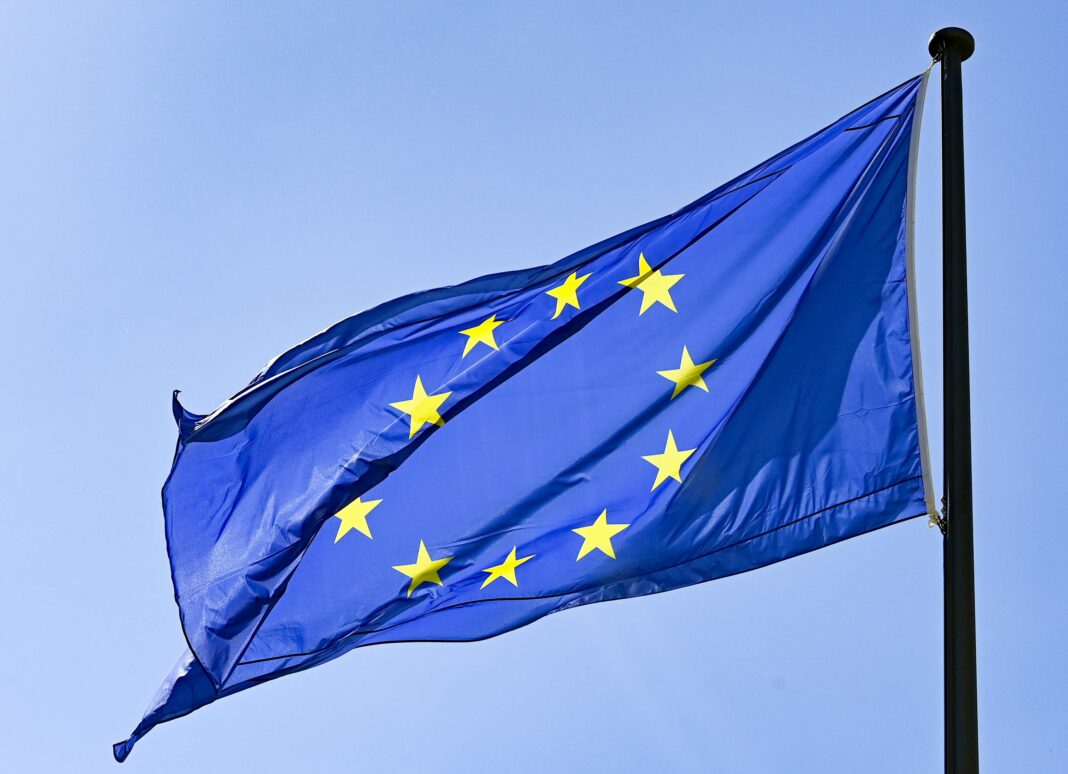Since 2005, the Ecodesign Directive has guided resource efficiency in the EU product market. The updated Regulation (EU) 2024/1781, effective July 2024, broadens standards for product sustainability, addressing durability, reusability, and environmental impacts. Digital product passports will streamline compliance, though manufacturers worry about proprietary data exposure. The EU Commission must outline specific regulations by March 2025, with initial developments in textiles and steel expected by late 2025. Brands are already implementing these changes, promoting transparency in production.
Since its inception in 2005, the Ecodesign Directive has been a pivotal regulatory framework within the European Union aimed at optimizing resource efficiency in product manufacturing. This initiative focuses on establishing minimum standards for a range of products entering the European market. The recent update to this directive, known as the Regulation (EU) 2024/1781 establishing a framework for setting Ecodesign requirements for sustainable products (ESPR), expands these criteria to a wider array of items.
The formal implementation of this regulation will take effect in July 2024, although the transition period is still in progress. Understanding the implications for both consumers and manufacturers is crucial in this evolving landscape.
Implications for Businesses and Consumers
The updated EU regulations now encompass not only energy consumption during the product’s use but also its entire lifecycle. The new standards mandate minimum requirements for durability, reusability, upgradability, reparability, limitations on hazardous substances, resource efficiency, recycled content, and preparation for reuse and recycling. Furthermore, it includes essential information requirements, such as disclosing the CO2 or environmental footprint, as outlined by the Federal Environment Agency.
To facilitate compliance, the introduction of digital product passports (DPP) will serve as a comprehensive repository of crucial product information. These passports will ideally include user manuals and could be integrated with NFC chips or QR codes for easy access via smartphones, making them beneficial not just for industries and regulatory bodies but also for consumers.
The EU Commission has until March 2025 to devise a detailed work plan that identifies all product categories needing specific regulations in the forthcoming years. One significant aspect of the ESPR is the prohibition of the destruction of usable products, particularly in textiles and shoes, where substantial quantities are disposed of annually. This ban is expected to come into effect by July 2026, with potential expansion to additional product categories.
Timeline for the Ecodesign Directive
The EU Commission is tasked with crafting a comprehensive work plan by March 2025, detailing all product groups requiring tailored regulations in the near future, with a focus on the interim products previously mentioned.
Initial regulatory developments have already begun in sectors such as textiles and steel, with experts forecasting that the first specific product regulations under the Ecodesign Regulation could be established by the end of 2025. These initiatives are vital steps toward enhancing sustainability and environmental protection across the EU.
Brands like Bonprix are already piloting the DPP with a swimwear collection made from recycled polyamide, featuring a QR code that provides insights into production conditions. According to a press release, ‘The supply chain partners shared details on energy and water consumption, along with information about the energy types, chemicals, and machinery utilized.’
Manufacturers Confront Increased Bureaucratic Challenges
Manufacturers have expressed concerns regarding the DPPs, particularly the potential risk of proprietary information about product formulations being exposed to competitors. According to Lebensmittelzeitung, there is trepidation over the complexities of sharing data through international supply chains, especially given that many products comprise multiple components. Thus, all suppliers must gather sustainability-related information.
Despite these challenges, the DPP is perceived as an opportunity to digitally present crucial information to customers, ensuring it remains current. This shift could also lead to cost savings by reducing the need for printed materials.
Top Refrigerator Recommendations from Stiftung Warentest
Here are the leading refrigerator models based on Stiftung Warentest’s evaluation:
- Test Winner: 251 liters, 81 kWh, €969 (Available at Amazon: Elektro-Shop Köck GmbH)
- Price Tip: 251 liters, 81 kWh, €899 (Available at Amazon)
- Price Alternative: 231 liters, 97 kWh, €569 (Available at Amazon)
- Compact Option with Freezer Compartment: 84 liters + 12 liters, 90 kWh, €249 (Available at Amazon: profi-electro)
- Design Option with Freezer Compartment: 164 liters + 24 liters, 141 kWh, €1,489 (Available at Baur)
